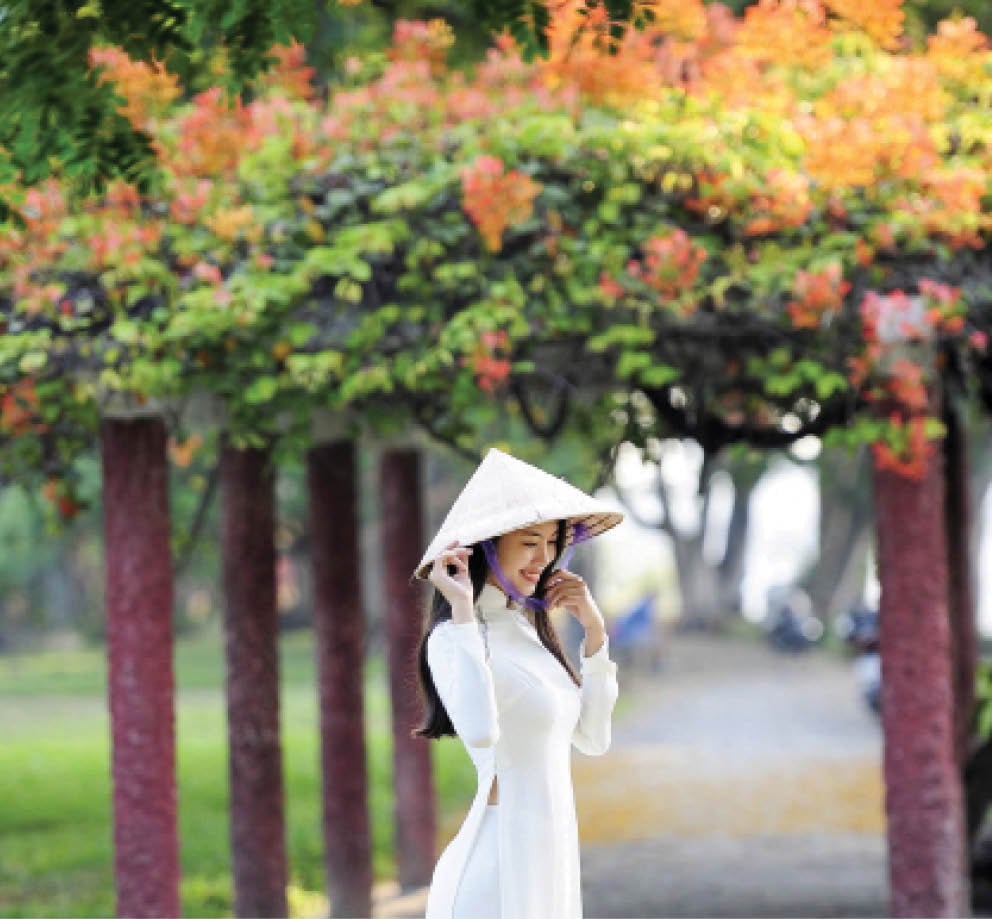 |
| Gentle Hue girls. Photo: Hoang Hai |
Exemplary spirit and inner depth
Hue people have long been recognized as a model of elegance, grace, calmness and depth. This character not only originates from the ancient royal environment - where Hue used to be the capital - but is also the result of a long process of education and cultivation according to Confucian and Buddhist standards.
Hue people speak softly, behave carefully, and always respect etiquette and social order. They value family honor, maintain dignity, and often live an introverted life. The emotions in the hearts of Hue people are not strongly displayed but are deep, deep, and steadfast. They live simply, rarely show off, have an aesthetic tendency, and love simple, discreet beauty. This is clearly shown in their lifestyle, in their language, and even in art.
Hue is one of the few lands that harmoniously combines royal culture and folk culture. As the capital of the Nguyen Dynasty for more than a century, Hue preserves a rich system of tangible and intangible cultural heritage: the Imperial City, mausoleums, temples, royal court music, royal ceremonies, a system of books, examination systems, etc.
Besides, Hue folk culture still retains its own vitality: folk songs, Hue chants, ancient tales, village festivals, wedding customs, and death anniversaries all have their own characteristics. Hue cuisine is also a crystallization of both sources: elaborate and meticulous royal dishes and creative rustic dishes such as hen rice, banh beo, bun bo, and Hue sweet soup.
Hue is also a famous Buddhist land, with a system of ancient pagodas and many famous monks and scholars. Folk beliefs such as Mother Goddess worship, Thanh Hoang worship, various types of village festivals, praying for fish, village temple ceremonies... all demonstrate the persistence of indigenous culture.
Hue dialect is a special dialect, belonging to the Central Central Vietnamese group, with a gentle, melodious intonation and a unique vocabulary. The most notable feature is the “soft, ethereal” pronunciation, with a system of tones and syllables rich in emotional nuances.
Hue dialect uses many ancient words, Sino-Vietnamese words with inflections, and specific personal pronouns such as “ma”, “me”, “o”, “han”, “rua”, “mo”, “rang”… making it an unmistakable linguistic symbol. The way Hue people speak is often roundabout, subtle, not direct but metaphorical, rich in imagery and sentiment. Hue dialect is not only a tool of communication but also an expression of Hue’s spirit, mentality and aesthetics. It is the “voice of the heart” carrying historical echoes, literature and community memories.
Hue’s cultural space is a resonance between nature and man-made, between the tangible and the intangible. The Perfume River, Ngu Mountain, Thien Mu Pagoda, Truong Tien Bridge, Hue Citadel… are symbols not only of architecture but also of spirituality and aesthetic sense.
Hue's landscape has a quiet, meditative and contemplative tone. The city is like a classical piece of music, with a slow pace of life, in harmony with nature. Ruong houses, Hue gardens, small alleys, the sound of temple bells in the morning, Hue songs on the river... All blend together to create an iconic living space.
Hue still preserves its ancient lifestyle in many aspects: rituals, cuisine , costumes, beliefs, and house rules. That space helps Hue people live slowly, deeply, and always stay attached to their roots.
Hue's character in the national consciousness
In the common consciousness of Vietnamese people, Hue is a land of “quietness”, a place where the ancient Vietnamese soul crystallizes. Hue’s identity is often associated with the image of erudition, calmness, aesthetics and inner strength. Hue is not as noisy as Saigon, not as bustling as Hanoi, but has depth and a special cultural strength.
Hue is a place of poetry, music, and a philosophy of living in gentleness and resilience. That is why Hue people are often considered “people carrying the soul of the country” – with memories of kings, royal courts, poets and Buddhists. From the Nguyen Dynasty to patriotic movements, great artists and writers such as To Huu, Buu Y, Trinh Cong Son… all carry within them the identity of Hue.
Hue's identity is a convergence of many elements: people - language - culture - space - spirituality. It is an identity that should not only be preserved as a local heritage, but also recognized as a national heritage symbolizing the depth and longevity of Vietnamese culture.
Through the research journey, the topic has shown that Hue identity is not only the result of historical and geographical processes, but also a cultural choice - where people, traditions and space "harmonize" to create a special entity. The elements that make up Hue identity - from human personality, tangible and intangible cultural heritage, language, to lifestyle and consciousness - are all intrinsically connected, both distinct and resonant, highlighting a cultural region that is subtle, profound and has the ability to inspire in the long term.
Hue is not only the ancient capital of a dynasty, but also the “capital” of inner depth, of silent beauty, of elegance and aesthetic consciousness. It is this silence and seclusion that creates lasting vitality and unique cultural values. In the national consciousness, Hue is a symbol of tradition, morality, respect for knowledge and kindness - the core values of Vietnamese culture.
However, in the face of strong movements in contemporary society, Hue’s identity is facing the risk of being diluted or “reinterpreted” in a commercial direction. Therefore, a full, comprehensive and profound identification of the elements that make up Hue’s identity is not only of academic significance, but also the basis for building strategies to preserve and develop Hue’s culture effectively and sustainably.
Through this research, the author wishes to contribute a voice to the effort to preserve the soul of Hue - not as an immobile relic, but as a living cultural entity, capable of adapting, spreading and continuing to enrich the identity map of the Vietnamese people in the new era.
Source: https://huengaynay.vn/van-hoa-nghe-thuat/ban-sac-hue-nhung-yeu-to-tao-thanh-mot-vung-van-hoa-dac-biet-156697.html


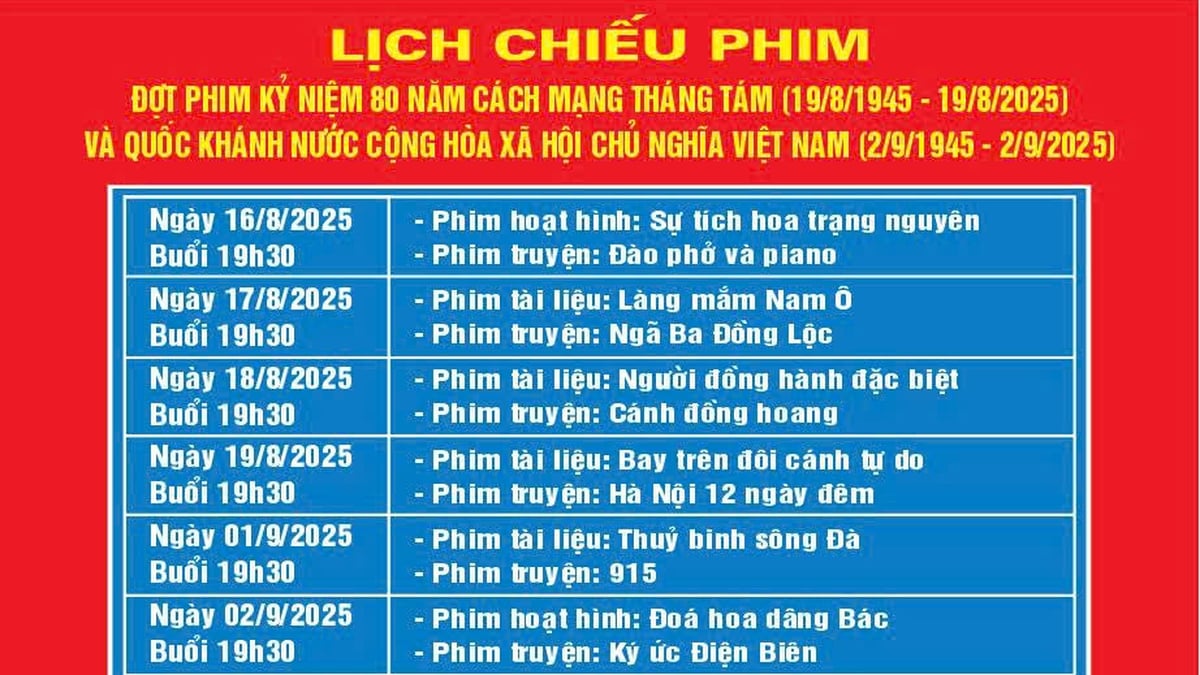


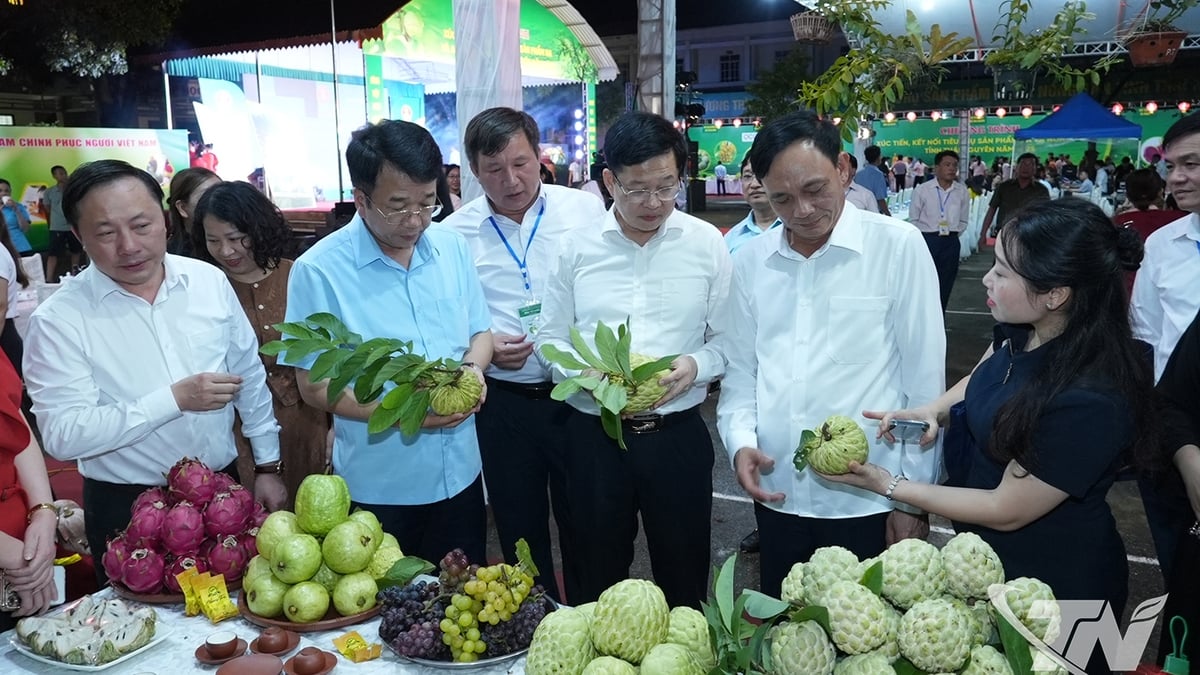

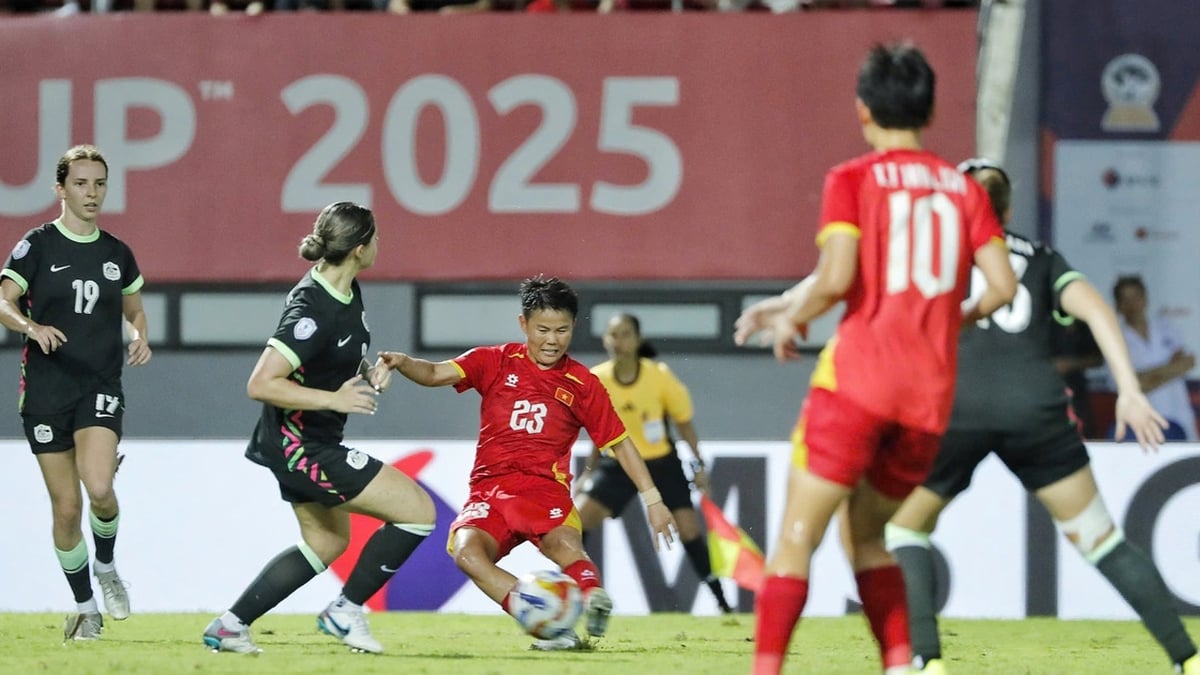
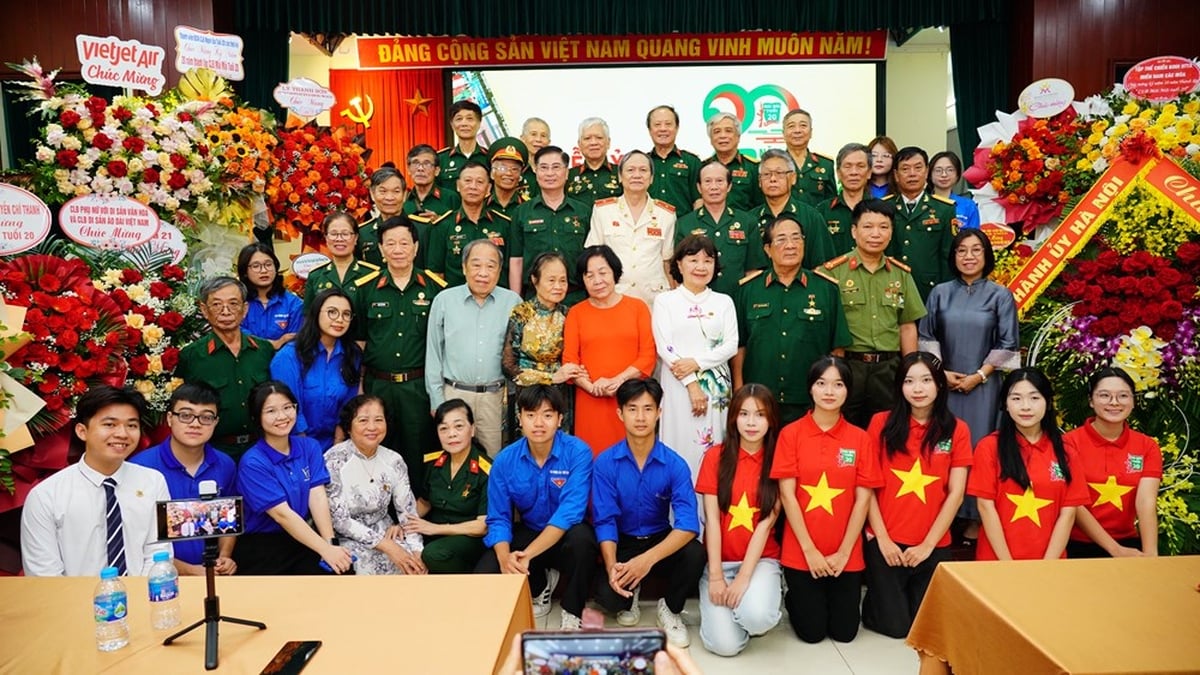


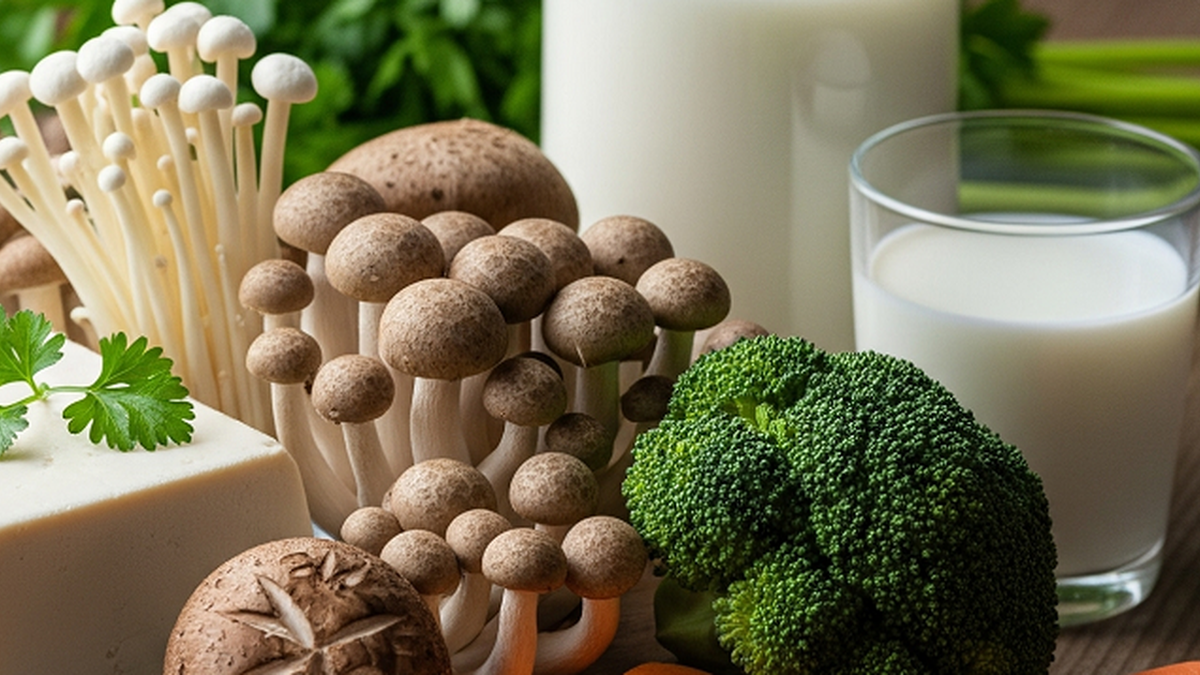










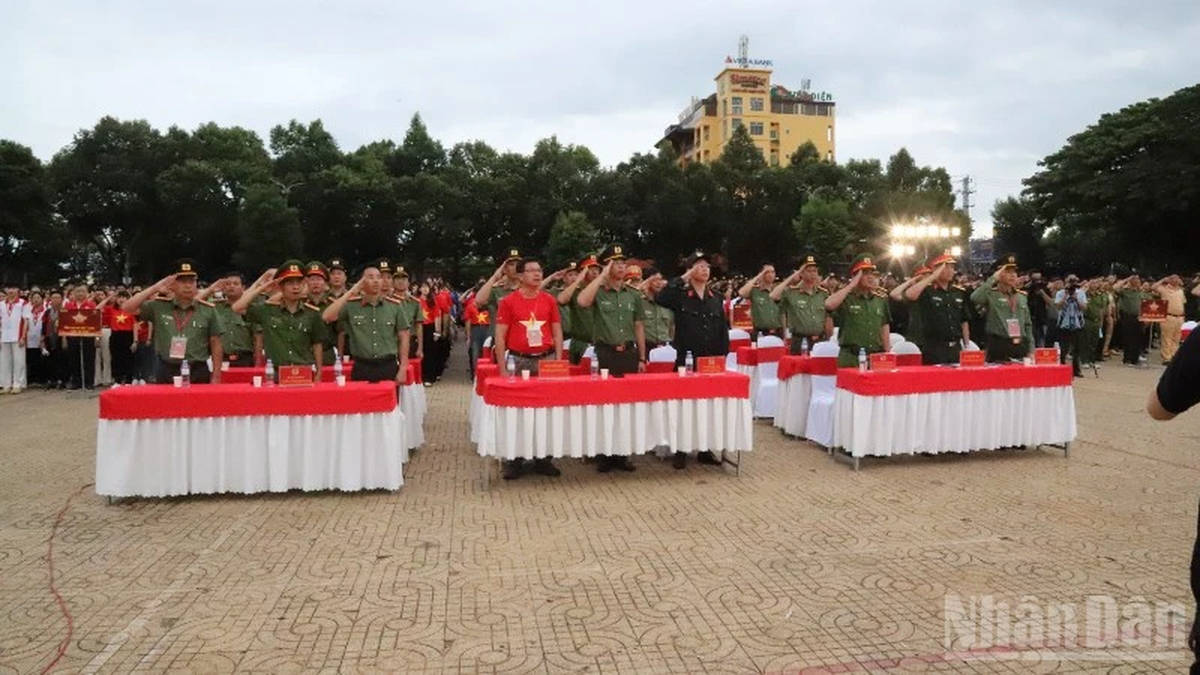
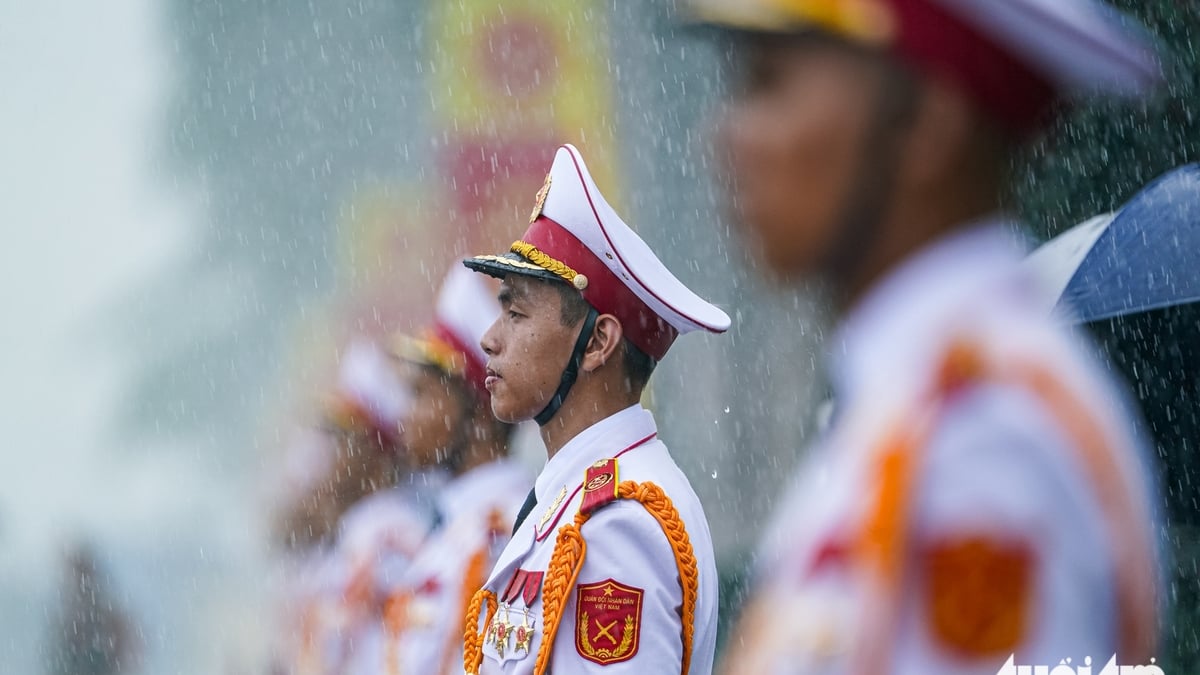

![[Photo] National Assembly Chairman Tran Thanh Man attends the program "Returning to the source - Towards the future"](https://vphoto.vietnam.vn/thumb/1200x675/vietnam/resource/IMAGE/2025/8/16/d081d9c162ee4ed9919e723aa322a53a)
![[Photo] General Secretary attends the inauguration ceremony of the Ministry of Public Security Headquarters](https://vphoto.vietnam.vn/thumb/1200x675/vietnam/resource/IMAGE/2025/8/16/3ceec3a24ef945c18ae2b523563b749d)
![[Photo] “Moving forward with Vietnam” on the most romantic road in Vietnam](https://vphoto.vietnam.vn/thumb/1200x675/vietnam/resource/IMAGE/2025/8/16/0ee500bc59fd4468863261ee26f47fe7)
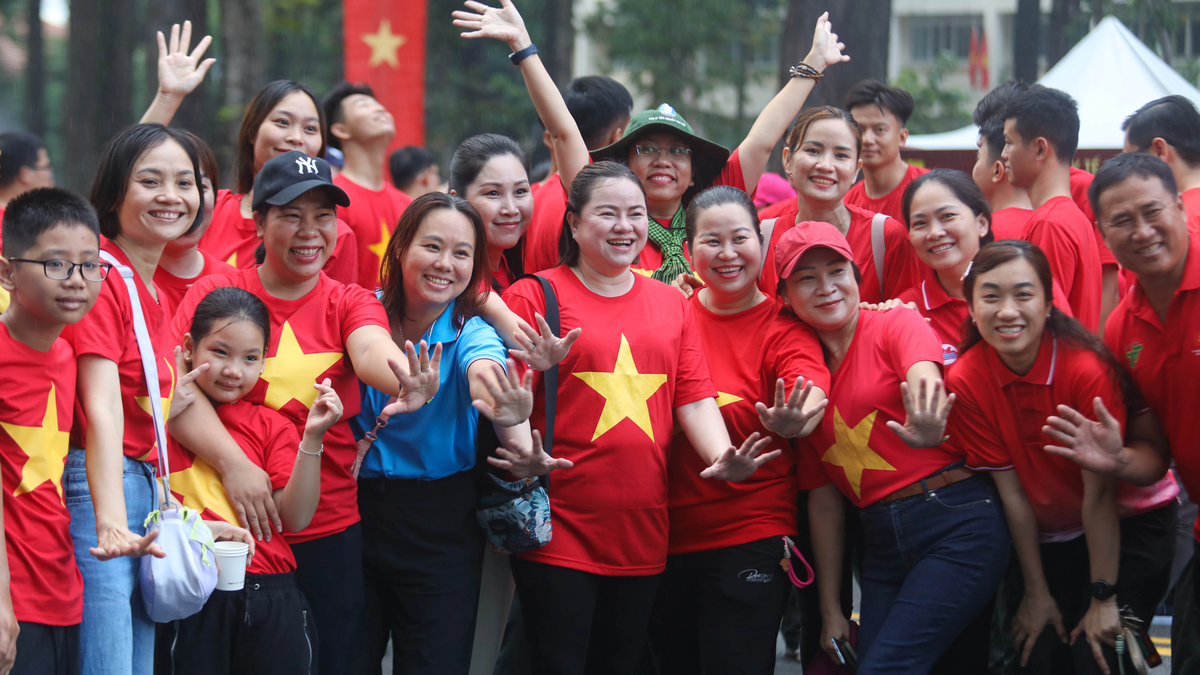
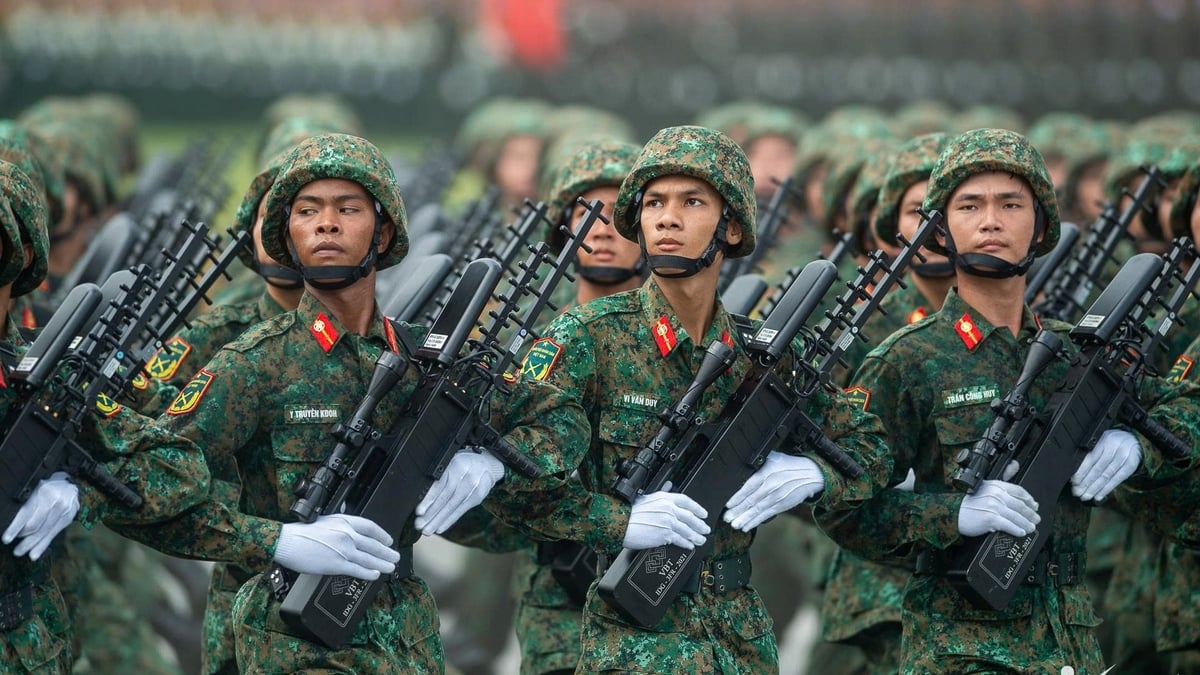
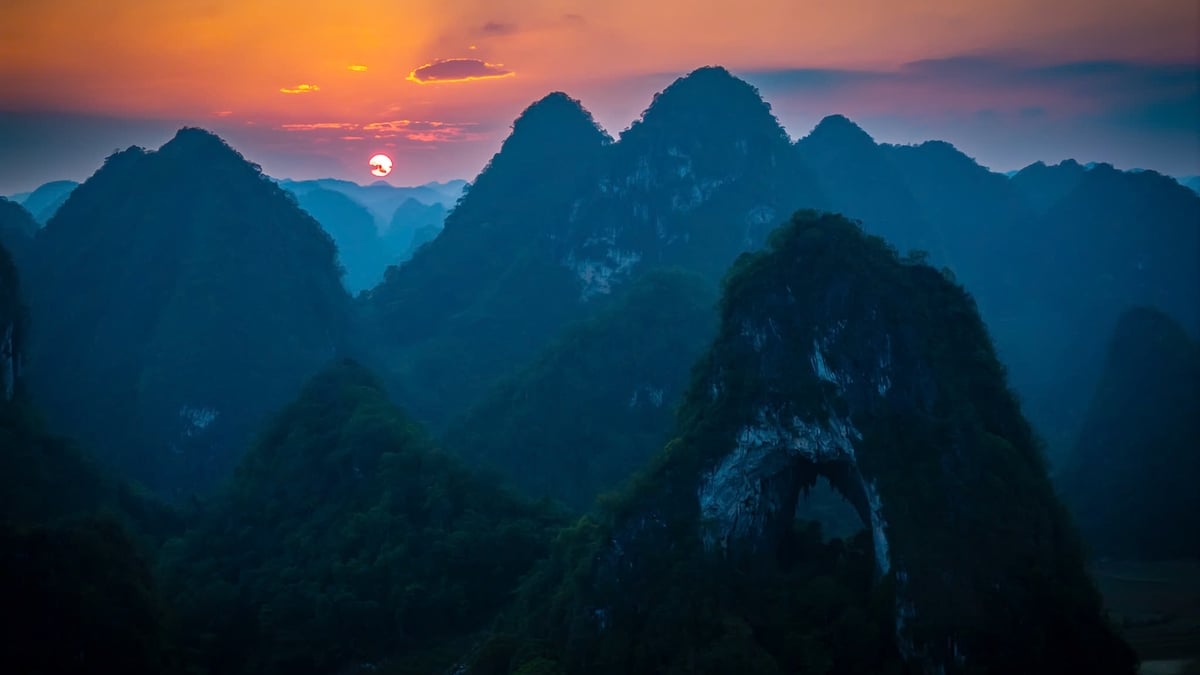
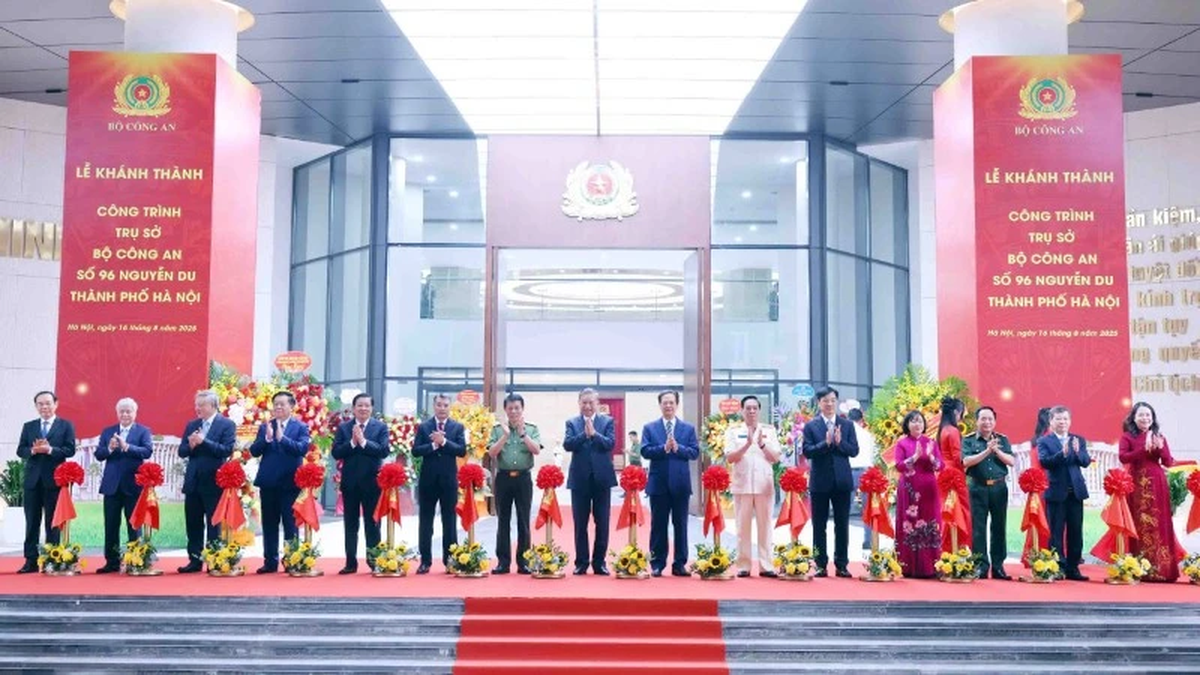
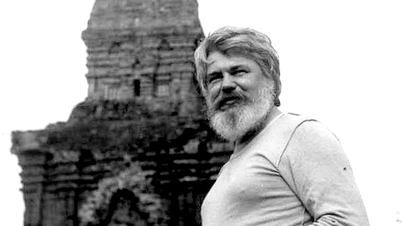

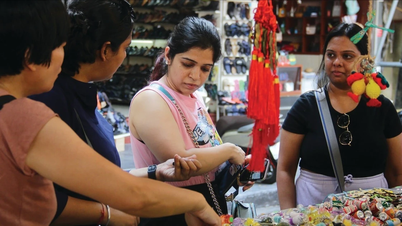

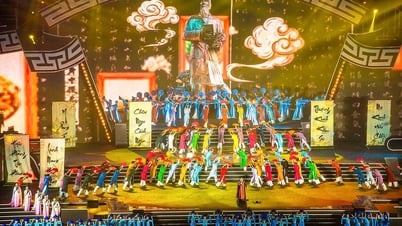

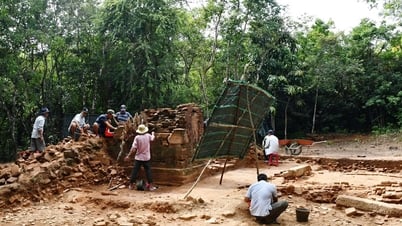

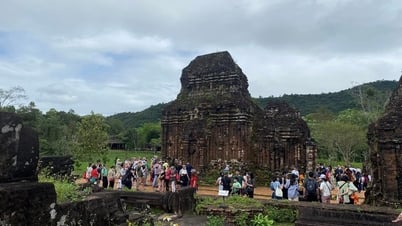


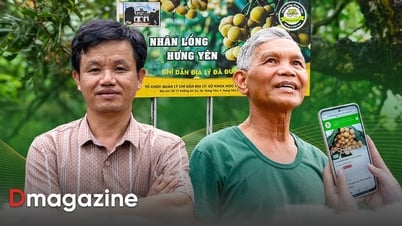

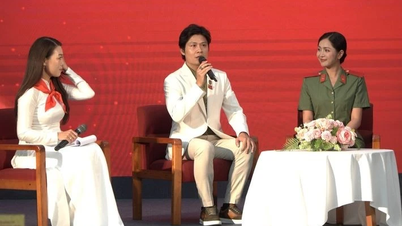

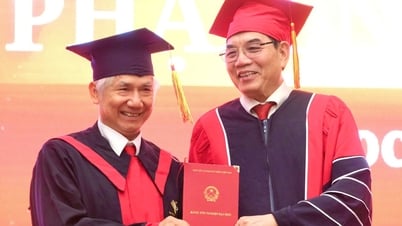
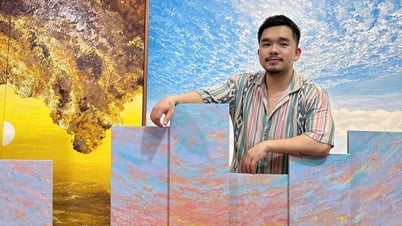
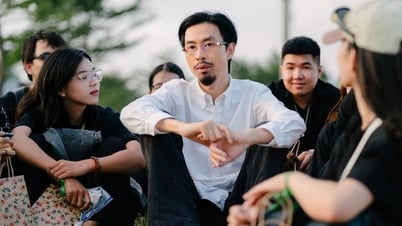
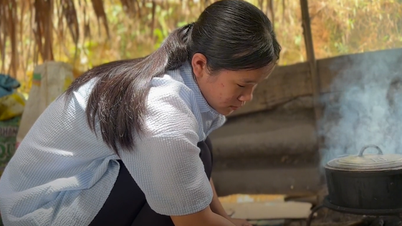



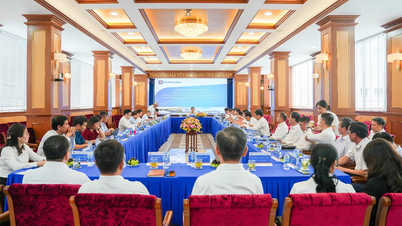
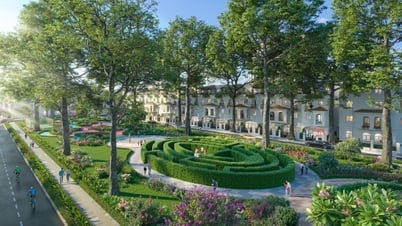







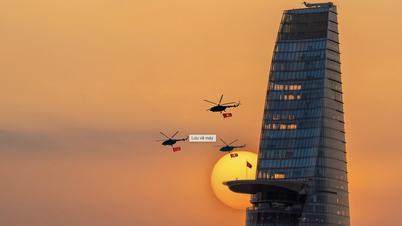


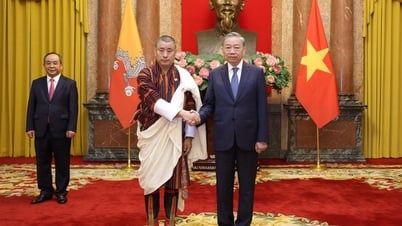
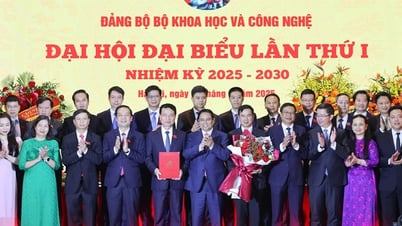

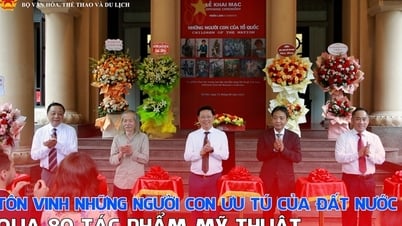

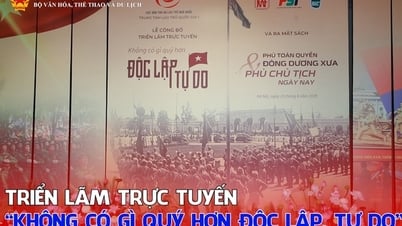
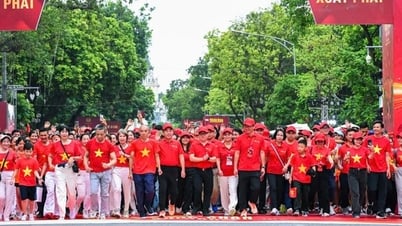
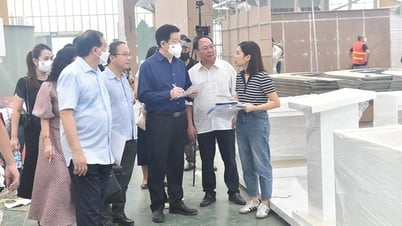






















Comment (0)